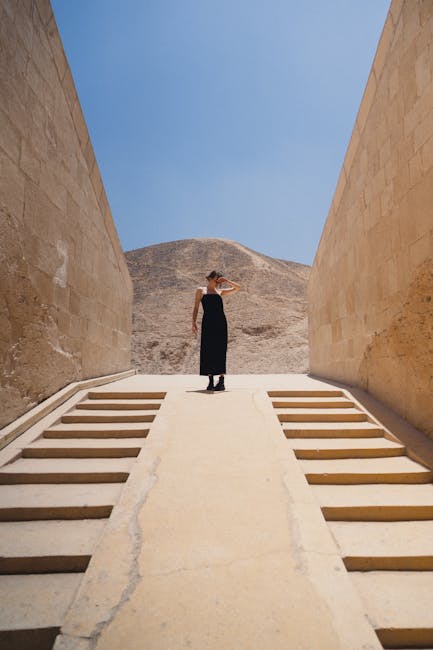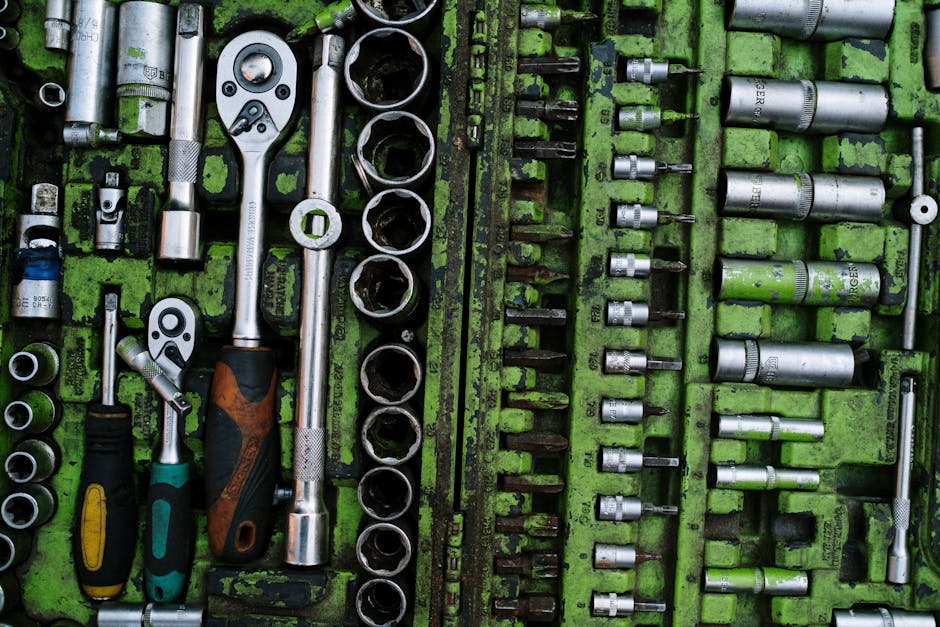Staying at a Buddhist Temple on Koyasan: A Soulful Journey to Sacred Heights

Staying at a Buddhist Temple on Koyasan: A Soulful Journey to Sacred Heights
Okay, friend, let me tell you about one of the most incredible experiences I've ever had: staying at a Shukubo (宿坊), a Buddhist temple lodging, on Mount Koya (Koyasan), Japan. It's not just a place to sleep; it's a deep dive into Japanese spirituality, culture, and history. If you're even remotely interested in exploring yourself, Buddhism, or simply experiencing something completely unique, this is an adventure you absolutely have to consider. Prepare to have your soul stirred!
Koyasan: A Sanctuary in the Clouds

First things first, let's talk about Koyasan itself. Imagine a serene mountain plateau, shrouded in mist and ancient cedar trees, dotted with hundreds of temples. This is Koyasan, one of the most sacred places in Japan and the center of Shingon Buddhism, founded by the revered monk Kobo Daishi (also known as Kukai) over 1200 years ago. Getting there is part of the adventure – a scenic train ride followed by a cable car climb that whisks you away from the everyday world and deposits you into this spiritual haven.
The air up there is different, you know? It feels cleaner, crisper, and carries with it a sense of history and peace. Even if you're not religious, you can't help but feel a certain tranquility wash over you. It's a place where you can slow down, breathe deeply, and reconnect with yourself.
Choosing Your Shukubo: A Personal Affair

Now, for the exciting part: choosing your Shukubo! There are over 50 temple lodgings on Koyasan, each with its own unique character and history. It can be a little overwhelming, but that's okay! Here are a few things to consider:
- Price: Shukubo prices vary depending on the temple, the room size, and the meals included. Figure out your budget beforehand to narrow down your options.
- Amenities: Some temples offer more modern amenities, like private bathrooms, while others are more traditional with shared facilities. Think about what you're comfortable with.
- English Support: If your Japanese isn't great (mine certainly isn't!), look for temples that offer English-speaking staff or English guides. This can make your experience much smoother and more enriching.
- Reviews: Read reviews from other travelers online. This can give you a good sense of what to expect from each temple.
I personally chose Eko-in Temple for my stay, and I couldn't have been happier. They had English-speaking staff, beautiful traditional rooms, and offered some incredible experiences, which I'll tell you about later.
A Day in the Life: Immersing Yourself in Temple Life

So, what's it actually like to stay in a Shukubo? Well, it's unlike any hotel experience you've ever had. It's an opportunity to immerse yourself in a different way of life, even if just for a short time.
Arrival and Check-in: When you arrive, you'll be greeted by the temple staff, often monks or volunteers. Check-in is usually a simple process. You'll be shown to your room, which will typically be a traditional Japanese room with tatami mats, sliding shoji screens, and futon bedding. Don't be surprised if your room is sparsely furnished – simplicity is key here.
Shojin Ryori: A Vegetarian Feast: One of the highlights of staying at a Shukubo is the Shojin Ryori (精進料理), a traditional vegetarian cuisine developed by Buddhist monks. It's not just about abstaining from meat; it's about creating a balanced and nourishing meal using seasonal ingredients. Expect dishes like tofu, vegetables, seaweed, and rice, all beautifully presented and bursting with flavor. Trust me, even if you're a committed carnivore, you'll be impressed!
Temple Etiquette: It's important to be respectful of temple etiquette during your stay. This includes things like:
- Removing your shoes: Always remove your shoes before entering any temple building or your room. Slippers are usually provided.
- Speaking softly: Keep your voice down, especially during prayers and meditation sessions.
- Respecting the monks: Be mindful of the monks and their duties. Avoid interrupting them or taking photos without permission.
- Participating in ceremonies: If you're invited to participate in a ceremony, do so with respect and sincerity.
Evening at the Temple: After dinner, you might want to explore the temple grounds, attend an evening prayer service, or simply relax in your room and enjoy the peace and quiet. Some temples also offer activities like calligraphy or meditation classes.
My Unforgettable Experiences at Eko-in Temple

Let me share some of the specific experiences I had at Eko-in that made my stay so special:
Morning Gong Bath: Waking up before sunrise to the resonating sound of the temple gong was truly magical. We gathered in the main hall, and a monk led us in a simple meditation while the gong reverberated through the space. It was an incredibly grounding and peaceful way to start the day.
Fire Ritual (Goma): Eko-in offers a daily Goma fire ritual, a powerful ceremony where wooden sticks inscribed with prayers are burned in a sacred fire. The heat and smoke are believed to purify the prayers and carry them to the deities. Watching the monks chant and tend the fire was mesmerizing. It's such a tangible representation of faith and devotion.
Okunoin Cemetery Night Tour: This was, without a doubt, the highlight of my stay. Okunoin is Japan's largest cemetery, and it's the final resting place of over 200,000 people, including prominent historical figures. Taking a guided tour of the cemetery at night, illuminated by lanterns, was both eerie and deeply moving. Our guide shared fascinating stories about the history of Koyasan and the people buried there. At the end of the tour, we visited the Torodo Hall of Lanterns, a breathtaking space filled with thousands of eternally burning lanterns dedicated to Kobo Daishi. It's an unforgettable sight.
Visiting Kobo Daishi's Mausoleum: The most sacred site in Okunoin is the mausoleum of Kobo Daishi. According to tradition, Kobo Daishi is not dead, but in eternal meditation, awaiting the arrival of Miroku, the Buddha of the Future. Monks bring him meals twice a day, and the atmosphere around the mausoleum is incredibly reverent. Photography is not allowed in certain areas, and it's important to be respectful of the sacredness of the space.
Beyond the Temple Walls: Exploring Koyasan

While staying at a Shukubo is a central part of the Koyasan experience, don't forget to explore the rest of the mountain. Here are a few other things to see and do:
- Kongobuji Temple: This is the head temple of Shingon Buddhism and a must-see for anyone visiting Koyasan. The temple is known for its beautiful rock garden and its impressive interior.
- Danjo Garan: This is one of the two main sacred areas of Koyasan. It features a number of important temples and pagodas, including the Kondo Hall and the Konpon Daito Pagoda.
- Koyasan Reihokan Museum: This museum houses a collection of Buddhist art and artifacts from the temples of Koyasan. It's a great place to learn more about the history and culture of the mountain.
- Hiking Trails: Koyasan offers a number of scenic hiking trails that wind through the forests and past temples. It's a great way to experience the natural beauty of the mountain.
Don't underestimate the power of simply wandering around and soaking in the atmosphere. Take your time, explore the smaller temples and shrines, and let yourself get lost in the tranquility of the surroundings.
Practical Tips for Your Shukubo Stay

To make your Shukubo stay as smooth and enjoyable as possible, here are a few practical tips:
- Book in Advance: Shukubo are popular, especially during peak season (spring and autumn), so it's essential to book your stay well in advance.
- Pack Appropriately: Dress modestly when visiting temples. Comfortable shoes are a must for exploring the mountain.
- Bring Cash: While some temples accept credit cards, it's a good idea to bring cash for smaller purchases and entrance fees.
- Learn Some Basic Japanese Phrases: Knowing a few basic Japanese phrases, like "Konnichiwa" (hello), "Arigato" (thank you), and "Sumimasen" (excuse me), will go a long way in showing respect and enhancing your interactions with the locals.
- Be Open to the Experience: Embrace the unfamiliar and be open to learning and experiencing new things. This is an opportunity to step outside of your comfort zone and connect with something deeper.
Why You Should Stay at a Shukubo on Koyasan

Staying at a Shukubo on Koyasan is more than just a vacation; it's a journey of the soul. It's a chance to disconnect from the noise and distractions of modern life and reconnect with yourself, with nature, and with the spiritual side of life. It's an opportunity to learn about Buddhism, Japanese culture, and the history of this sacred place.
I left Koyasan feeling refreshed, inspired, and deeply grateful for the experience. It's something that has stayed with me long after I returned home, and I know it's an experience I'll cherish forever. If you're looking for a truly unique and transformative travel experience, I can't recommend staying at a Shukubo on Koyasan enough. Go. Breathe. Discover. You won't regret it.
Finding Your Inner Peace: The Lasting Impact

The beauty of Koyasan is not only visible in the stunning landscapes and historic architecture, but also tangible in the sense of peace that permeates the air. It's a place where the simplicity of temple life, the reverence for tradition, and the proximity to nature combine to create an environment conducive to introspection and mindfulness. Even after you leave, the lessons learned and the tranquility experienced will linger, offering a grounding influence in the hustle and bustle of everyday life. It's a gift you give yourself, a moment of pause and reflection that will resonate long after you've returned home.
Post a Comment